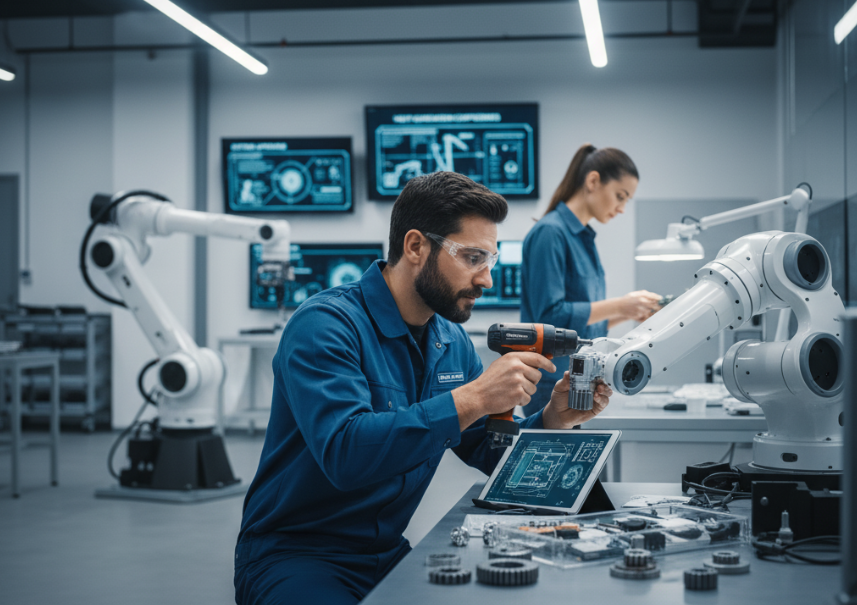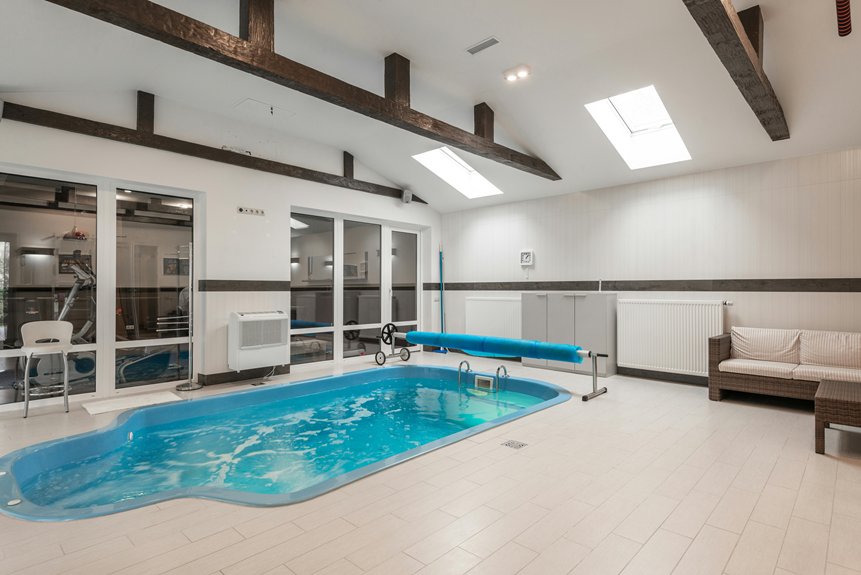When you own a swimming pool, understanding the essential costs of maintenance is fundamental for its longevity and efficiency. Regular cleaning and maintenance, chemical treatments for water quality, and necessary equipment repairs can add up. Each of these components plays an important role in keeping your pool safe and enjoyable. Let’s explore how each cost impacts your overall investment and what you can do to manage them effectively.
Key Takeaways
- Regular cleaning and maintenance costs range from $100 to $300 monthly, including tools for skimming and potential professional services.
- Chemical treatments are crucial for water quality, requiring regular testing of pH, chlorine, and alkalinity levels.
- Equipment repairs and upgrades, such as pump maintenance and filter upgrades, are essential for efficiency and water clarity.
- Implementing preventative measures, like consistent cleaning and chemical monitoring, helps avoid costly repairs and ensures safe swimming conditions.
- Long-term cost management through budgeting, quality equipment investment, and seasonal maintenance planning can significantly reduce expenses.
Regular Cleaning and Maintenance Costs

Regular cleaning and maintenance costs for your home swimming pool can vary considerably, but budgeting around $100 to $300 monthly is a good starting point.
Effective skimming techniques are essential to keep your pool free from leaves and debris, which reduces the strain on your filtration system. You’ll need tools like a skimmer net or automatic skimmer to enhance debris removal efficiency.
Additionally, consider the costs of replacing worn-out equipment or hiring professional services if you lack time or expertise. Staying proactive with these maintenance tasks can prevent costly repairs and guarantee a safer swimming environment for you and your family.
Chemical Treatments and Water Quality Management
Maintaining ideal water quality is just as important as regular cleaning for your home swimming pool. Achieving the right chemical balance guarantees safe swimming conditions and prevents equipment damage. Regular water testing helps you monitor pH levels, chlorine, and alkalinity, keeping your pool pristine.
| Chemical Component | Ideal Range |
|---|---|
| pH | 7.2 – 7.8 |
| Free Chlorine | 1 – 3 ppm |
| Total Alkalinity | 80 – 120 ppm |
| Calcium Hardness | 200 – 400 ppm |
| Cyanuric Acid | 30 – 50 ppm |
Adhering to these guidelines will improve water quality and your overall pool experience.
Equipment Repairs and Upgrades

While you might focus on water quality and cleanliness, neglecting equipment repairs and upgrades can lead to costly issues down the line.
Regular maintenance of your pool’s pump is essential; a worn-out pump can increase energy costs and reduce circulation efficiency. Consider timely pump replacement to avoid breakdowns.
Additionally, filter upgrades can greatly enhance water clarity and reduce the frequency of chemical treatments. Investing in a high-performance filter not only improves filtration but also extends the lifespan of your pool’s equipment.
Prioritizing these repairs and upgrades guarantees your pool remains in peak condition without incurring unexpected expenses.
Conclusion
In conclusion, managing a home swimming pool requires careful attention to three primary costs: regular cleaning and maintenance, chemical treatments, and equipment repairs or upgrades. By budgeting for these essential expenses, you can guarantee your pool remains clean, safe, and enjoyable year-round. Prioritizing maintenance and proactive repairs not only enhances your swimming experience but also extends the lifespan of your pool equipment. Staying informed and diligent will ultimately lead to a more cost-effective and stress-free pool ownership.

